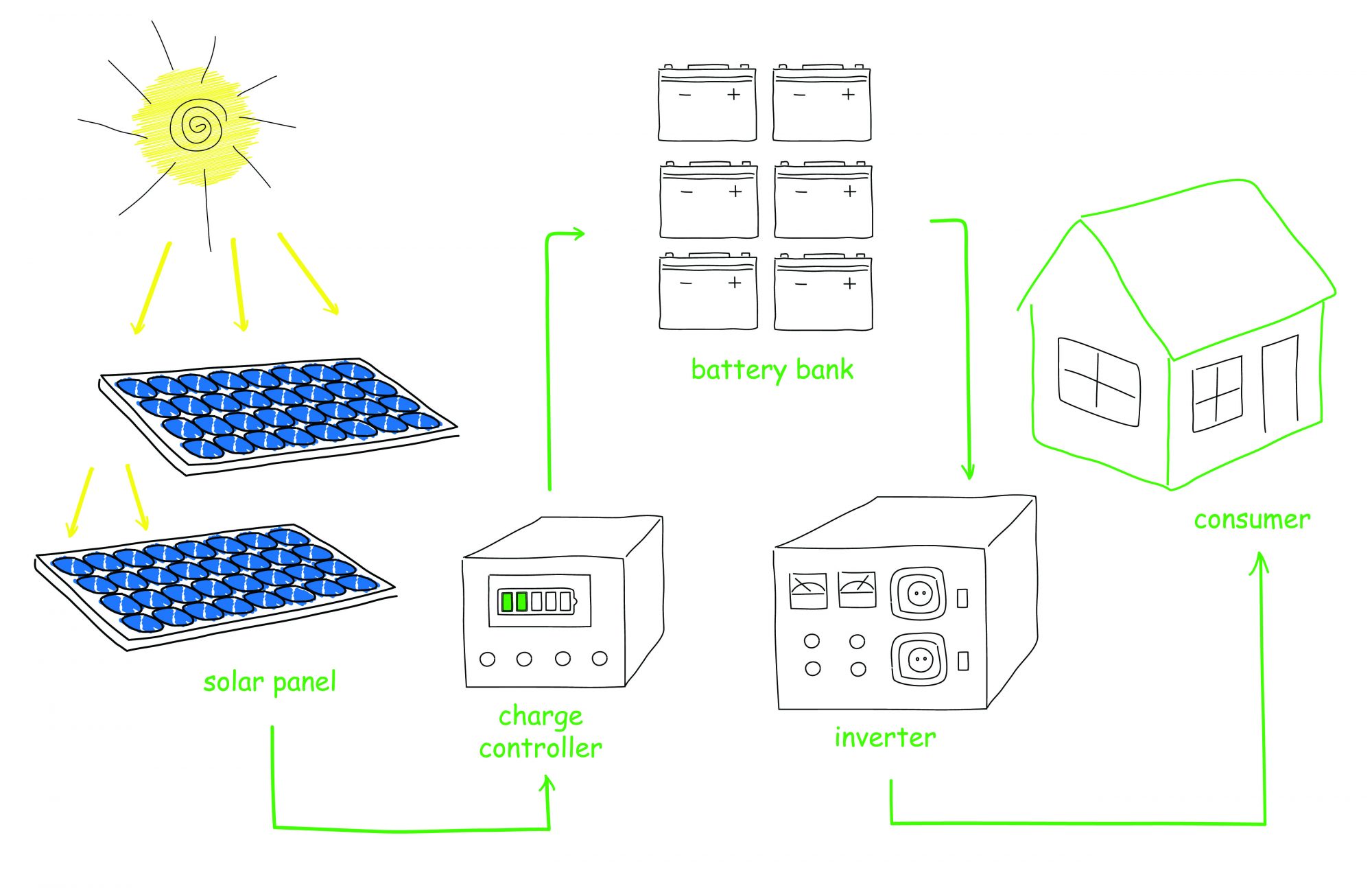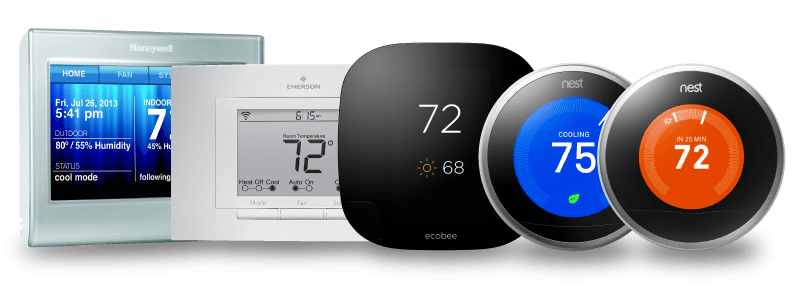Solar inverters carry out a very important function – they condition the power produced by solar modules so it can be used by electrical devices in homes and businesses.
Solar panels generate direct current (DC), which means their voltage output is constant over time. On the other hand, most electrical devices operate with alternating current (AC), where the voltage cycles between negative and positive, (in the case of Australia, this happens 50 times per second). Solar inverters convert the DC output of photovoltaic modules into AC power like that provided by the power companies.
String solar inverters
String inverters are perhaps the best-known type and the simplest to connect. Basically, the modules in a solar array are connected in strings, and then their combined output is supplied to the inverter for conversion to AC power. Small solar arrays are normally connected in a single string, but there are also inverter models that support multiple parallel strings as required by larger arrays.
The main limitation of string solar inverters is that photovoltaic modules become dependent on each other: if one module in the circuit is dirty, shaded or damaged, all others will suffer a reduction in their energy output:
- Dust accumulation and equipment damage can be controlled with a maintenance program.
- Shading issues can be mitigated if modules with similar shading profiles are connected in the same string; those with drastic shading differences should be in separate circuits.
SMA are a leading manufacturer of string inverters globally, and their products are available in Australia. Their Sunny Boy product line has been particularly successful.
Micro-inverters
This type of solar inverter is compact and installed individually at each photovoltaic module, providing AC power at the point of generation. Then, all solar modules in the array are connected in parallel, which makes them independent from each other. The main advantage of this configuration is that losses are minimised, since each solar module is managed individually. It is also possible to monitor micro-inverters, which is useful when pinpointing the location of a fault.
A solar power system equipped with micro-inverters is generally more expensive than one using string inverters, but this is compensated by a higher energy conversion efficiency. Another advantage of this configuration is that the photovoltaic array continues to operate normally if a solar panel is damaged, unlike the case of string inverters where the whole circuit is brought offline.
Enphase are one of the leading providers of micro-inverters.
Solar inverters with power optimisers
This option combines the characteristics of string inverters and micro-inverters: photovoltaic modules are connected in strings and use a single inverter, but each module is equipped with a power optimiser that adjusts voltage and current output for maximum performance. When power optimisers are used, solar modules become independent from each other, just like with micro-inverters; performance issues with a specific module don’t affect the rest of the string.
SolarEdge are the current market leader in power optimiser technology.
Additional recommendations for solar inverters
If you will implement batteries, keep in mind that they work with DC power. This means they can integrate easily with string inverters or power optimisers, but not with micro-inverters, since power is converted to AC at the source. Converting the output of micro-inverters back to DC power defeats their purpose because a string inverter is needed anyway.
When a solar power system will be installed in stages, micro-inverters and power optimisers are the best options, since they eliminate the need to balance strings of solar modules. String inverters can also be used in solar arrays that will be eventually expanded, but it may be necessary to reconfigure existing strings as new modules are added.








